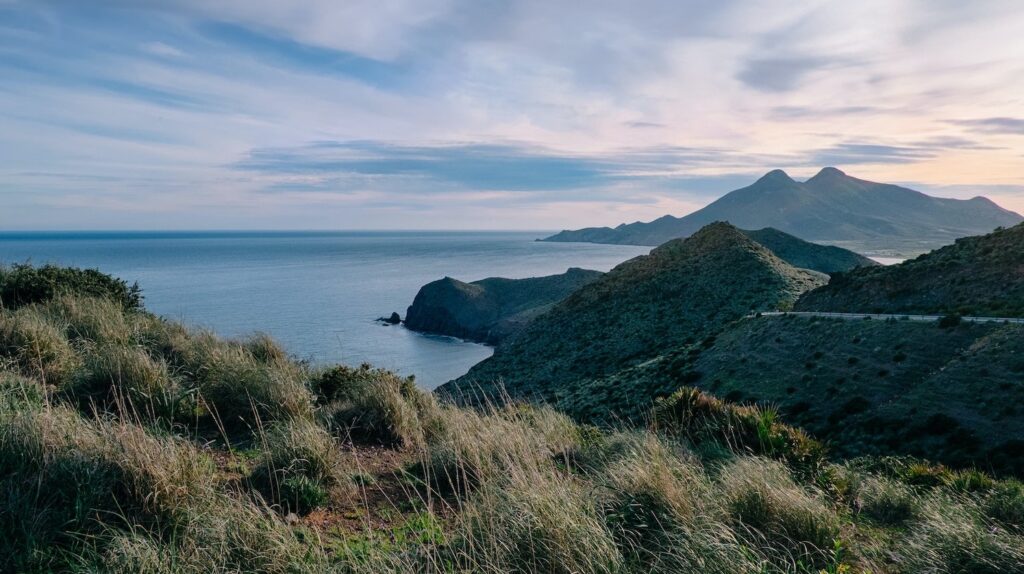When UNESCO recognized the Mediterranean Diet as intangible cultural heritage on November 16, 2010, certain locations were selected to give a face to this abstract idea. UNESCO chose the communities they found to be most representative of the Mediterranean Diet and lifestyle, and these communities were given the name ’emblematic communities’.
There were four such communities selected initially. The first was the city of Cilento, in Italy, which was home to Ancel Keys for many years, the man who in the 1960’s gave the ‘Mediterranean Diet’ its name and who spent his life studying, promoting and living the Mediterranean lifestyle.
And of course, Cilento has all of the ecological and social conditions required by UNESCO to be considered an emblematic community, an authentic example of the Mediterranean Diet. It is a very human community, a place where the pace of life is still slow and gracious, and where there are exceptionally high rates of longevity: Keys in fact called this area of Cilento, between Pollica, Castellabate and San Mauro the ‘triangle of long life’. It is also close to Delia, the ancient Elea school of Parmenides and Zeno.
Another emblematic community is Soria, in Castilla y Léon in Northern Spain, which has a similar lifestyle to Cilento, exhibiting traditional agriculture using ecologically sound practices, as well as high rates of longevity. Soria is also extraordinarily rich with olives, grain and grapes- the three fundamental elements of the Mediterranean Diet.
Yet another is Koroni, in Greece, a community close to Kalamata which is famous world wide for its olives, as well as closer to the true roots of the Mediterranean Diet according to mythology.
The fourth emblematic community is Chefchaouen in Morocco. This may seem unlikely to some as a community representative of the Mediterranean Diet, as it has olive oil and grain (in the form of couscous and bulgur) but you would not expect to find wine in Chefchaouen, which after all is one of the three fundamental elements of the Diet. However this is only partly true. Today Morocco is one of the few Muslim countries that produces wine.
Additionally, wine was not always a categorical “no” in Islam; in the early suras of the Koran, those of Mecca, there is no condemnation of wine- this came only later in the second Suras written by Mohammed in Medina. So the many shores of the Mediterranean Diet are united by a shared dietary history and lifestyle; countries that may seem culturally and politically divided are reunited through food.

